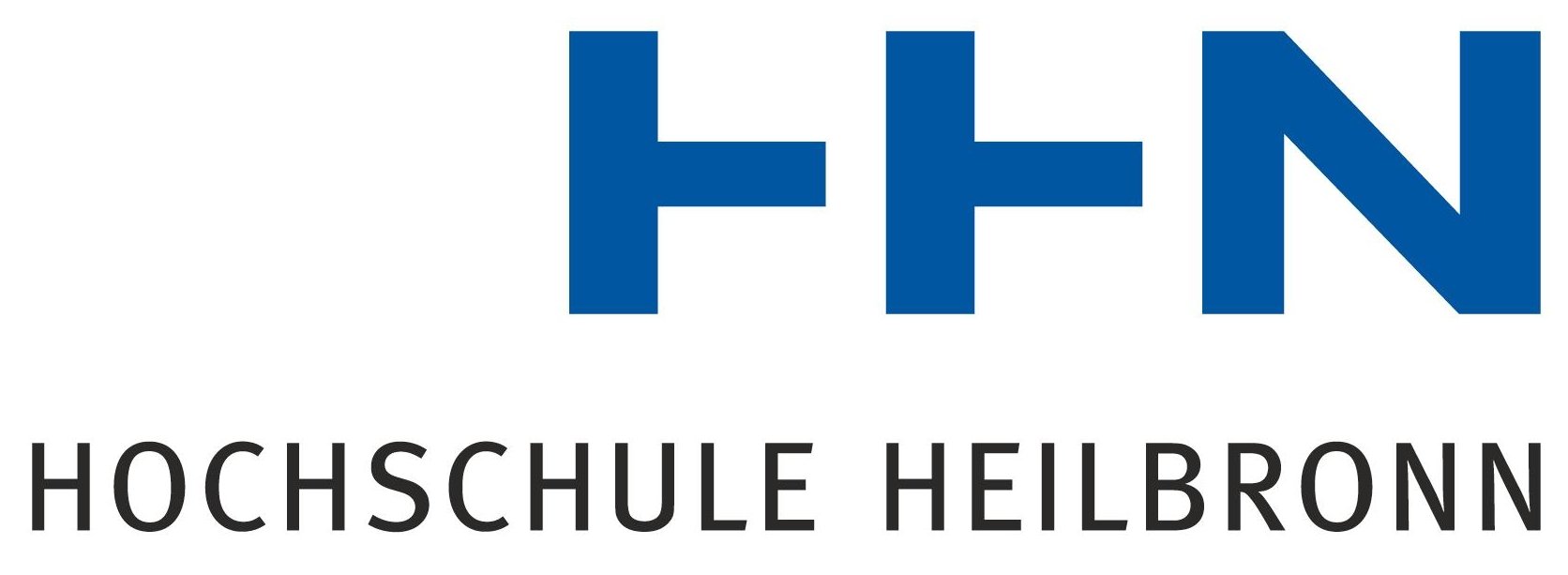T02 - Causal Inference in Biostatistics and Epidemiology: DAGs, g-Methods and Target Trial Emulation – A Tutorial for Researchers and Educators
Tag, Uhrzeit, Dauer
Sonntagvormittag, 9-13 Uhr, 4h
Angebotene Sprache
Englisch
Inhaltliche Kurzbeschreibung
One of the most important tasks of decision makers is to derive causal interpretations from statistical and epidemiological analyses of observational and real-world datasets. Often an intervention, action or risk factor is interpreted to have a "causal effect" on one or more outcomes (e.g., probability, rate, or mean of endpoint). Therefore, both the biostatistician and the epidemiologist need tools to understand: (1) when effect estimates have a causal interpretation and when they do not (using directed acyclic graphs, DAGs); and (2) the causal framework for the hypothetical target experiment (e.g., causal research question, target trial emulation design), (3) the appropriate methods to derive causal effects instead of merely statistical associations (e.g., traditional multivariate regression analysis or propensity score for time-independent confounding and causal g-methods for time-dependent confounding). Over the last years, it has become evident, that bias in observational studies is often not mainly caused by uncontrolled confounding but by self-inflicted biases related to incorrect analytic designs leading to incorrect exposure/treatment assignment and time-related biases (e.g., immortal time bias). This tutorial intends to provide basic knowledge on causal thinking and visual, structural, and statistical tools to guide valid causal analysis and to know which estimates are suitable for causal interpretation. The tutorial covers innovative causal designs as well as causal inference concepts and methods that are needed for the design and analysis of observational data and pragmatic trials with time-varying exposures or treatments. The tutorial is structured into the following sections:
1. Introduction to the principles of causation in biostatistics and epidemiology
2. Use of causal diagrams (directed acyclic graphs, DAGs)
3. Demonstration of the target trial experiment and the target trial emulation approach
4. Brief intuitive illustration of the principles of g-methods: a) g-formula, b) marginal structural models with inverse probability of treatment weighting, and c) structural nested models with g-estimation
5. Introduction of the target experiment principle and application of the target trial emulation approach combined with a counterfactual approach using the cloning-censoring-weighting (CCW) approach for dynamic treatment strategies
6. Application of g-methods in observational studies and pragmatic trials with post-randomization confounding and selection bias (treatment switching/non-adherence/2nd-line-treatment etc.)
Organisatorin
Felicitas Kühne
Institution
UMIT TIROL - University for Health Sciences and Technology
Kontakt
felicitas.kuehne [at] umit-tirol.at
Zusätzlicher Referent
Uwe Siebert
Institution
UMIT TIROL - University for Health Sciences and Technology

